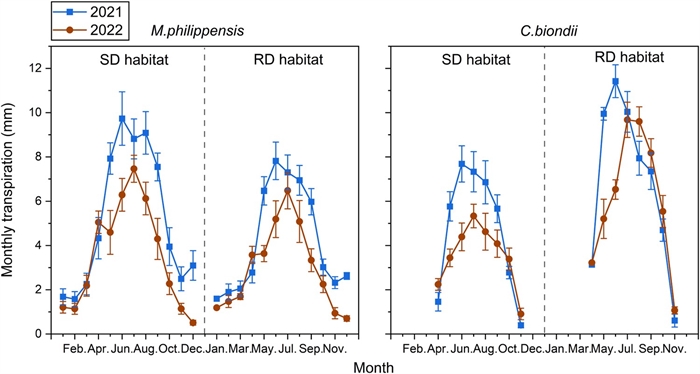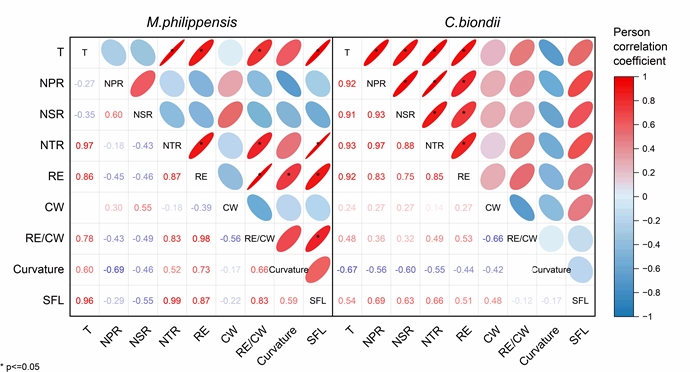How the Rock Plant Absorb Rock Moisture to Maintain Transpiration
Restricted by the geological background, shallow and discontinuous soil distribution, highly irregularly exposed carbonate rocks and heterogeneous habitats are characterized in karst region. What’s more, this area has fully developed rock fissures and crevices, called epikarst zone, which plays an important role in hydrological regulation and storage. However, the mechanisms of soil water and epikarst water (rock moisture) on plant water utilization is still unclear.
In the previous studies, Prof. Chen Hongsong from the Institute of Subtropical Agriculture of Chinese Academy of Sciences, led the team to found that some plants in the soil-dominated habitat (called soil plants) usually preferred to absorb the shallow layer water, while in the rock-dominated habitat others (called rock plants) could rely on deep layer water to alleviate water stress. “Now, we try to quantified the effects of soil and epikarst water on transpiration based on the physiological characteristics of root and leaf in karst region in southwest China.” Prof. Chen said.
In the recent research, they found that when the soil plant appeared in the rock-dominated habitat, its transpiration decreased by 74%. That was caused by the decrease of soil water storage in the rock-dominated habitat, 70% lower than the soil-dominated habitat. But surprisingly, a rock plant transpired around 1.15 times higher in the rock-dominated habitat than in the soil-dominated habitat.
These results further suggested that the root of the rock plant could penetrate bedrock, and the fine roots contacted rock directly, which made it absorb epikarst water. And significant positive correlations between root parameters and transpiration were found. At the same time, the leaf presented anisohydric tendency, which was more beneficial to obtain water.
The study also indicated that in the extreme drought, epikarst water can reduce the effect of drought on the transpiration of the rock plant.
“Our study underscores that the rock plant could absorb epikarst water to relieve soil moisture deficiency by roots capable of penetrating bedrock and leaf anisohydric behaviour.” said Prof. Chen Hongsong, “In the context of global climate change, species configuration should be optimized according to the habitat conditions to promote the sustainability of greening in these fragile ecosystems.”
The research was published in Plant Cell & Environment on September 10th.
Contact: Hongsong Chen
E-Mail:hbchs@isa.ac.cn

Variation in monthly transpiration of Mallotus philippensis (soil plant) and Celtis biondii (rock plant) in the soil-dominated and rock-dominated habitats during normal hydrological year (2021) and extreme drought year (2022) (Image by Liu Wenna)

The correlation analysis between transpiration (T) and various root parameters (Image by Liu Wenna)
Download attachments: